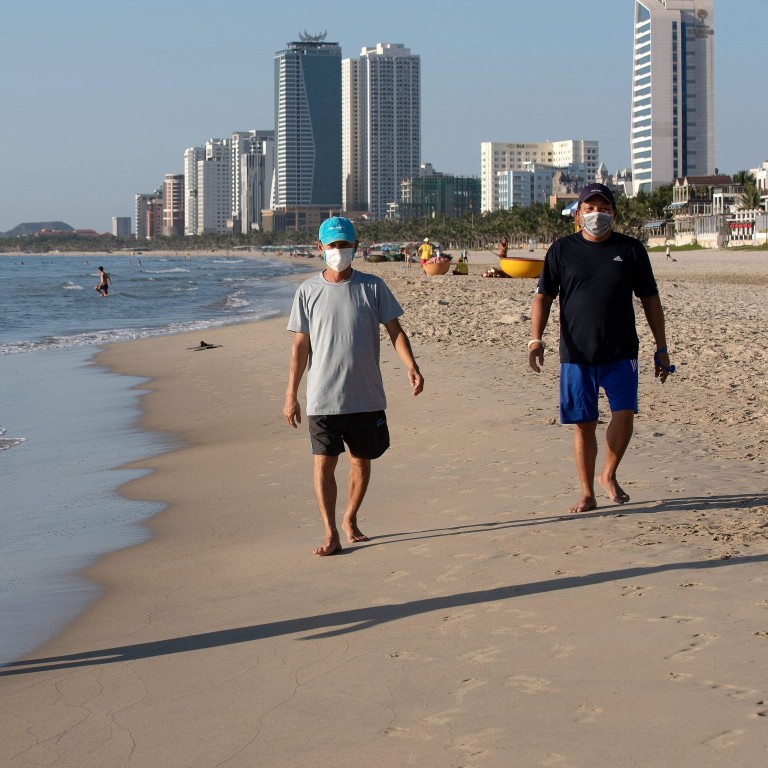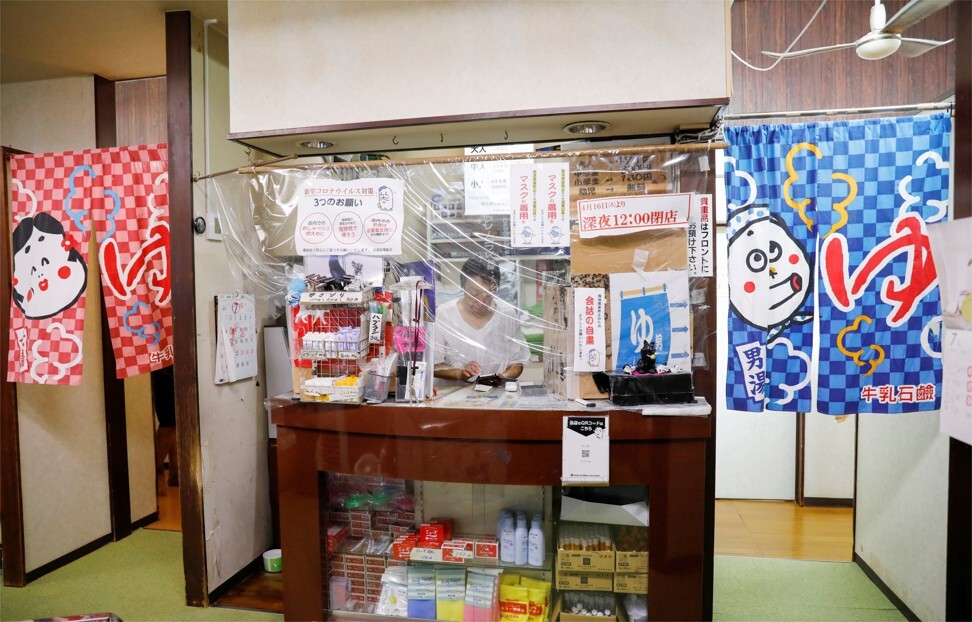
‘Singapoliday’ and other dubious tourism board initiatives amid the coronavirus pandemic
- Regional tourism authorities are pulling out all the stops to get domestic travellers travelling, even if they don’t want to
- Uncertainties and safety issues created by Covid-19 mean that even a simple staycation is an exercise in risk assessment
An accompanying mini-site – the equally inelegant “SingapoRediscovers” – on the Visit Singapore webpage wonders, “Who knows what secrets lie in Singapore?” Presumably, the “local community groups, passionate individuals and tourist guides” who designed the SingapoRediscovers adventures do.
Of course, Singapore is not alone in counting on its citizens to keep a floundering tourism industry afloat. According to the Pacific Asia Travel Association, international arrivals to Asia-Pacific are expected to be down by 32 per cent year-on-year for 2020 (although that still seems optimistic), which “effectively takes visitor volume back to levels last seen in 2012”. And with many borders closed and anxiety keeping those who can travel close to home, tourism boards across the region have been turning their attention to the locals – with varying levels of success.

Described on more than one occasion by The Japan Times as “troubled”, the campaign has confused hopeful holidaymakers and hotel and business owners alike, not to mention stoking fears that travellers would help spread the coronavirus. According to a poll conducted ahead of the launch by Japan’s Asahi newspaper, 74 per cent of respondents were opposed to the programme.
Speaking to The Japan Times, a shopkeeper in Shizuoka prefecture, which is home to Mount Fuji, said: “It’s great tourists will be coming, but I also feel worried when the number of infected people is increasing to such an extent.”
Indeed, on July 30, the Asahi reported that the authorities had been advised to postpone the campaign’s launch. “Unfortunately, the government did not accept the proposal,” said Shigeru Omi, head of the country’s official panel on Covid-19 measures.
Even in nations that had seemingly succeeded in containing the coronavirus, a return to domestic tourism has proved risky. After recording almost 100 days without community transmission, Vietnam is battling a wave of infections after a 57-year-old man in the popular destination of Da Nang tested positive for Covid-19.
Which is not to say that travel is unequivocally unsafe. Rather, in times such as these, every decision we make – from grocery shopping to staycationing – carries a certain amount of risk. And, in times such as these, it is up to each of us to weigh that risk and react appropriately for the good of others and ourselves.
And if that means unironically embracing the spirit of a Singapoliday, then who are we to judge?
Endangered tigers caught on camera in Thailand

The resurgence of nature while humans stay at home now has a name, “anthropause”. And the latest example of it has been caught on camera traps in western Thailand, which recorded endangered Indochinese tigers for the first time.
Released on July 29, International Tiger Day, the footage captured by Thailand’s Department of National Parks, Wildlife and Plant Conservation, the Zoological Society of London and conservation group Panthera shows numerous animals and has sparked hopes the country might succeed in its goal of increasing tiger populations by 50 per cent by 2022.
Japan introduces a tax on plastic bags

Japan has long been a favourite destination for Hongkongers, who are attracted by the cuisine, culture and myriad opportunities to part with their cash. But when we next go back, there will be one significant difference – we’ll have to pay for plastic bags.
For a country with such a reputation for cleanliness, it always struck us how liberally single-use plastic bags were handed out, not to mention how few places there were to dispose of them. But from July 1, plastic bags come at a cost – about three yen (three US cents) for a standard-sized bag, according to The Japan Times – with the aim of reducing the amount of plastic that ends up in the ecosystem.
Unfortunately, it’ll prevent just a drop reaching the ocean. The Japan Times reported that “single-use plastic bag garbage is estimated at about 200,000 tons a year, which is a very small percentage of the roughly 9 million tons of plastic waste produced here annually”. Still, it’s a start. Spoons, bento boxes and bottles, we’re looking at you next.

